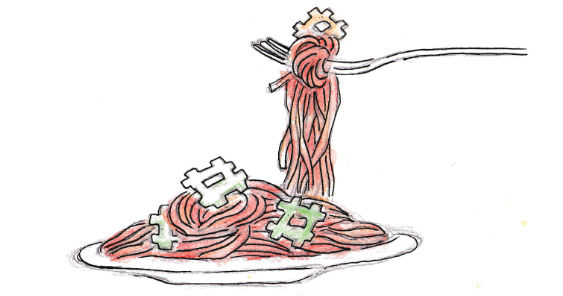Hashtags are words or phrases preceded by a hash sign (#) which are used as a label or meta tag in social networks or micro blogging services to make it easy for users to find specific themes or content.
Whilst hashtags are an essential marketing tool for events, brands and campaigns, they are also used for political, social and charitable themes. Lately, the Twitterverse has taken up a #JusticeFor and #PrayFor hashtag to those who have suffered some form of injustice.
With the viral power of Twitter, these hashtags are trending very frequently and can inform the general public of a social cause very quickly. This can be a form of internet activism which can be coined as ‘hashtag activism’. Whilst the users retweeting or using the various hashtags might seem like they are not doing anything practical to help the cause, they are still promoting the cause by attaching their identity in the form of their Twitter handle to it. Also, the sheer number of messages relating to the hashtag will give it a viral effect necessary to reach people who can actually help.
Hashtag activism has been criticized as a form of ‘slactivism’, because using the hashtag and tweeting about it makes a person feel good. The person feels that they have contributed to a cause but in reality has expelled minimal personal effort. Whilst some people may think that actions speak louder than words, hashtag activism holds a platform for those who believe in the cause but cannot spare time, money or resources to express their views on the matter publicly.
However, it is important to acknowledge certain limitations that this form of activism faces. Firstly, an issue that is widely tweeted and trending won’t necessarily bring about the change that requires to address the issue. Secondly, concrete action still needs to happen about certain issues offline.
Not everything is negative though, as hashtag activism also forms an outlet to disrupt the mainstream narratives about issues regarding marginalised communities and unjust legislation. Furthermore, it can also help foster a generation of understanding, empathy and acceptance.
The main thing to realise about the use of hashtags for causes is that it functions alongside traditional methods of activism rather than as a replacement as it helps perpetuate awareness and change to a specific cause. Also, hashtag activism alone is not enough as concrete action is still required to make sure that change is followed through.
ABOUT THE AUTHOR: Jamie Tolentino works as a digital marketer at a global asset management firm. She writes for TNW (The Next Web) and blogs on the Huffington Post UK.
This article was first published in the November-December 2015 issue of adobo magazine.










